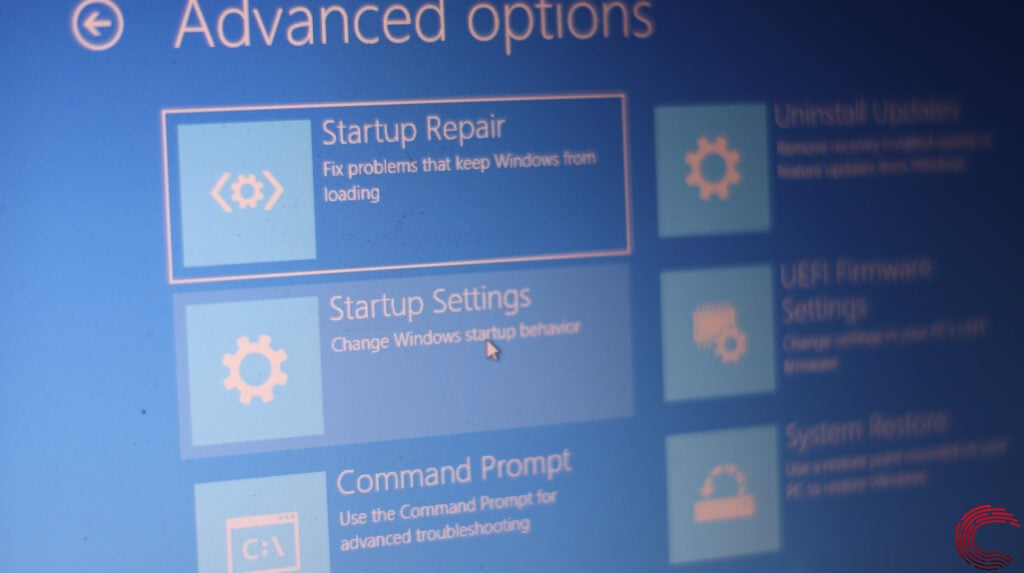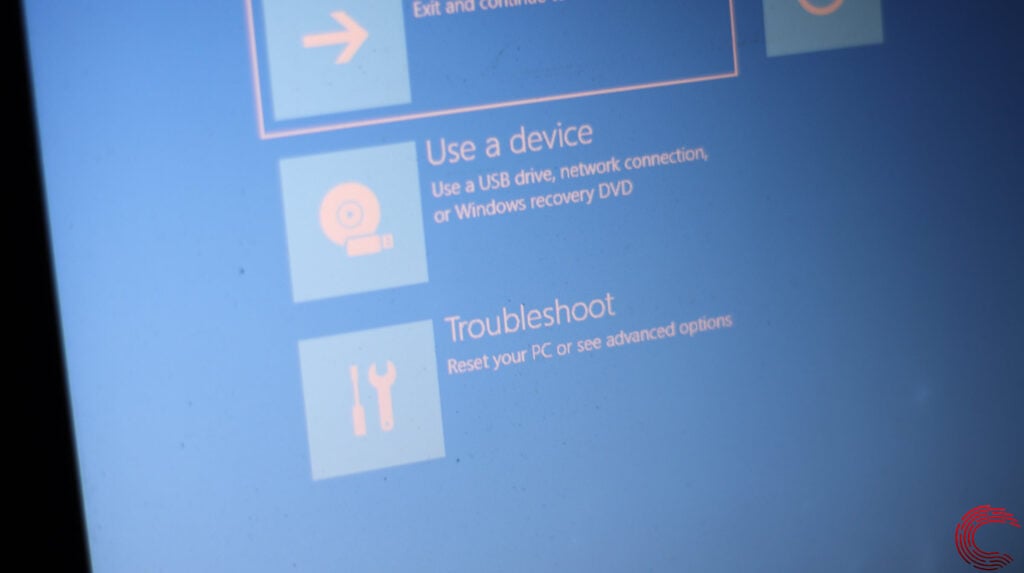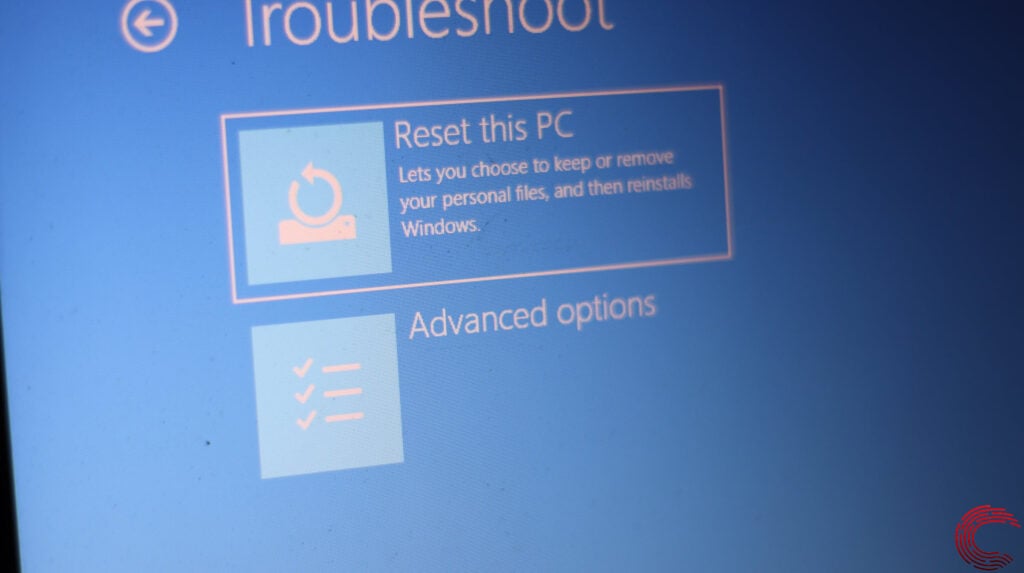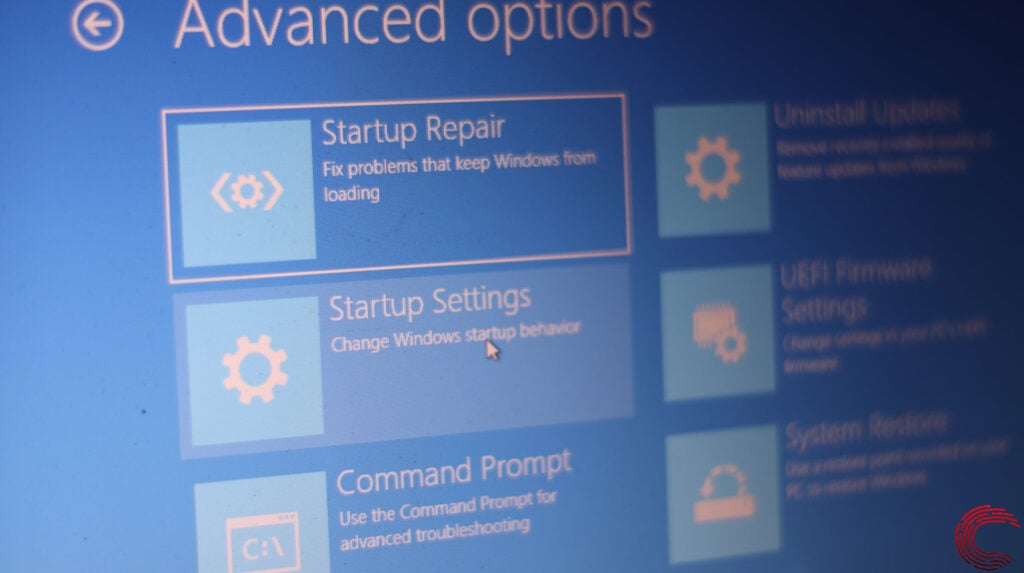Windows is one of the easiest, most popular and most stable operating systems in the world with Microsoft backing the product with decades of experience. However, regardless of how smooth the user experience is, Windows isn’t immune to random bugs and glitches from time to time.
In this article, we’re talking about the no bootable devices found error, its causes and what you can do to fix the problem.
What causes this error?
The error is generally triggered when the Windows bootloader or your system’s firmware can’t locate a drive with an operating system installed. This can be caused by a number of different reasons including:
- Loose or improper SSD/HDD connection
- Damaged SSD/HDD
- Issues with BIOS or CMOS settings
- Damaged MBR sector
- Windows isn’t installed on any of the drives
Also read: SSD unable to initialise: 4 Fixes
How to fix this?
Here are eight fixes you can try out.
Re-seat the SSD
One of the first things you should try is disconnecting the SSD (or HDD) and reconnecting it again. Be sure to check the SSD connectors and the slot for any dust or debris that might also hamper the connection. Once the SSD is reseated, try booting your computer to see if that resolved the error.
Check the drive with another computer

To isolate the issue between the drive and the BIOS, try using the drive on another computer to see if the drive is alright. If the second computer detects the drive and boots up just fine, the issue is with your computer, otherwise, the drive is dead and you’re better off with a new one.
Run the Check Disk utility
As mentioned above, corrupt MBR partitions or bad sectors can also cause this problem. Try running the Check Disk Utility to see if Windows can find and resolve errors with your SSD.
You can refer to our detailed guide here on how to run the check disk utility
Check your boot priority list
Every BIOS has a boot priority list. This is simply a list of devices the BIOS checks for an operating system to boot. Now usually, the BIOS will keep skipping devices until it finds one to boot from, but it’s always better if you have your primary boot device (hard drive) set as priority one.

All you have to do is get into your BIOS (different manufacturers have different keys for doing this, but you can try anything from the F9 to the F12 or the Del key), head into the booting options and make sure the boot list has your preferred booting device in the first place.
Check the OS installation and bootloader
If you’ve got the boot priority order and the hard drive sorted, chances are there are some issues in your OS installation.

If you’re using Windows, try using the Windows Media Creation Tool to repair your existing installation. You can either run the startup repair utility or create an entirely new boot sector on the drive by opening the command prompt from the Windows installer menu and using the following commands.
bootrec /fixmbr
bootrec /fixbootLinux users can try creating a bootable USB drive and check if the bootloader requires reinstallation.
Reset BIOS defaults
You can try resetting your BIOS to the default settings to see if that gets the PC going. You can either reset the settings from inside the BIOS or you can just take out the CMOS battery from your motherboard and leave it like that for a couple of minutes while holding down the power button to drain the board of all residual charges and then put the battery back in before restarting the PC.
Run Startup Repair
Startup repair is a built-in Windows tool that can help resolve any such errors you might be facing. Here’s how to get run the tool.
Step 1: Hold down the power button for about ten seconds to power off your PC.
Step 2: Press the power button again to boot your PC.
Step 3: As soon as you see the PC manufacturer’s logo, press and hold the power button for ten seconds.
Step 4: When your PC reboots, click on Troubleshoot.

Step 5: Head over to Advanced Options.

Step 5: Select Startup repair.

Now let Windows do its thing, and once your PC reboots, the error should’ve been resolved.
Repair your system
If nothing else works, the best way to get rid of the error is by simply reinstalling or repairing your OS.
The Windows Media Creation tool is a great way to install Windows and repair the OS. Using this, you can perform a clean installation or repair your OS without affecting your data.
You can download the Media Creation Tool here
Also read: Why is my Sandisk SSD slow? 5 Fixes






